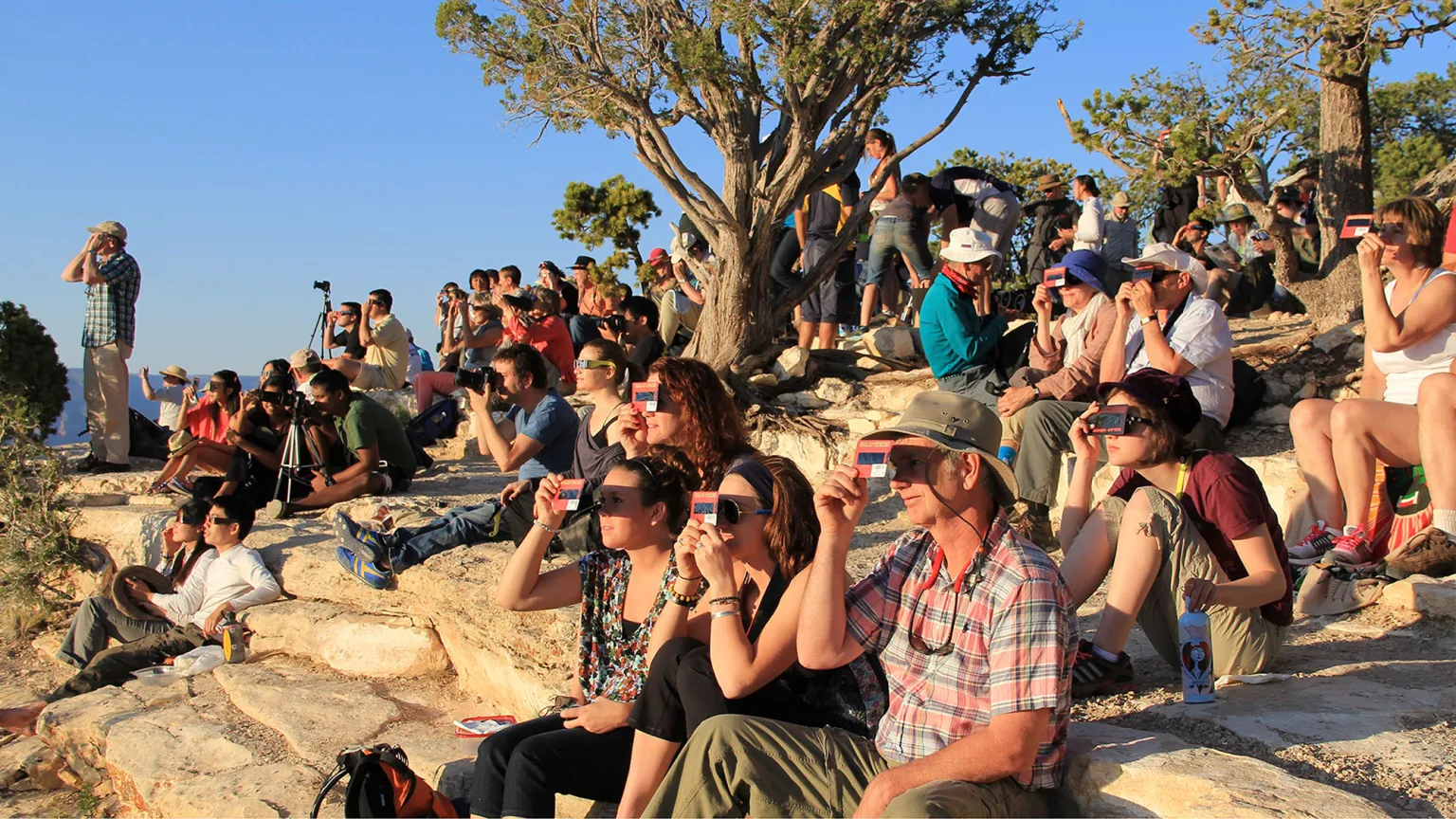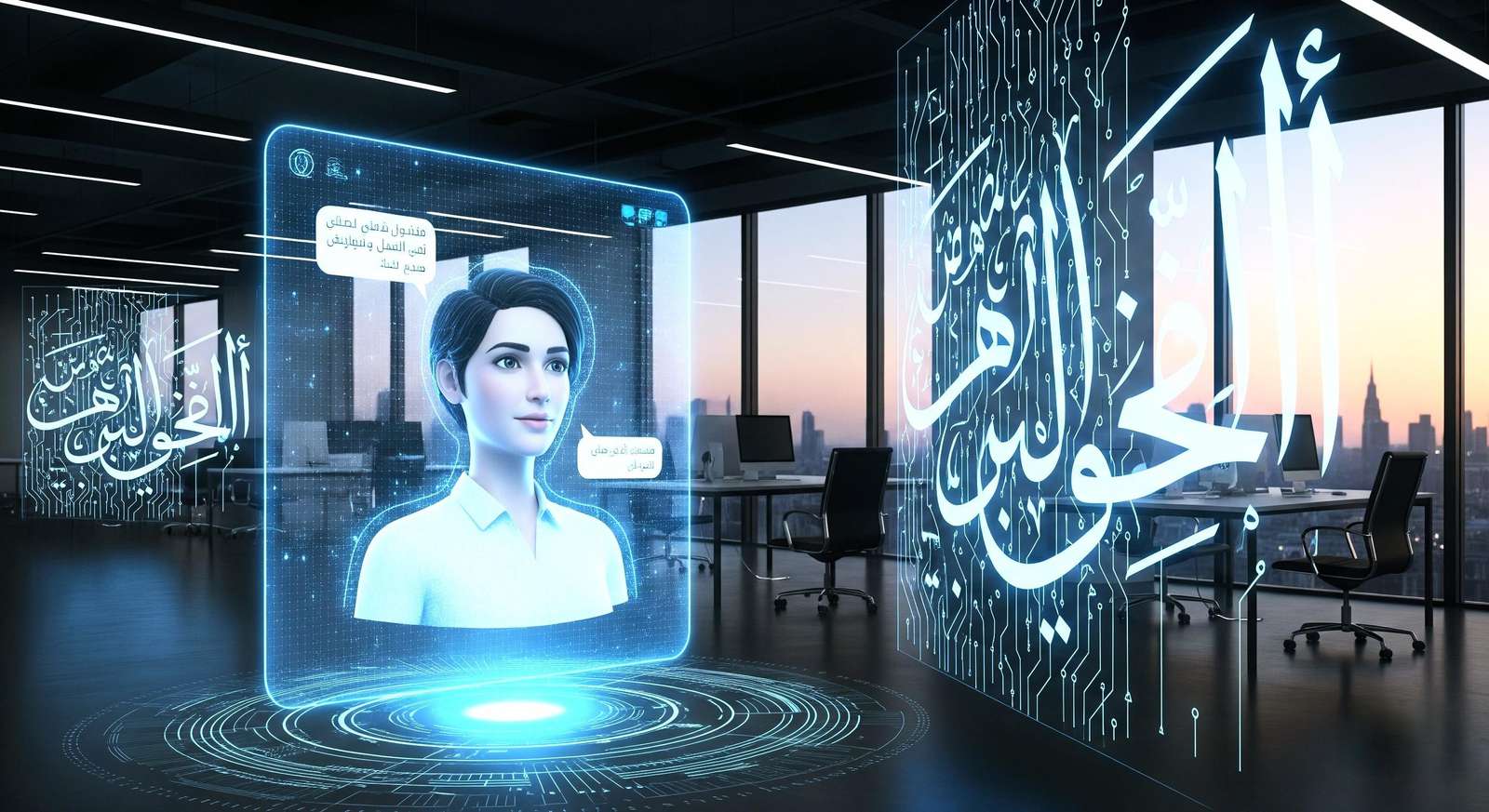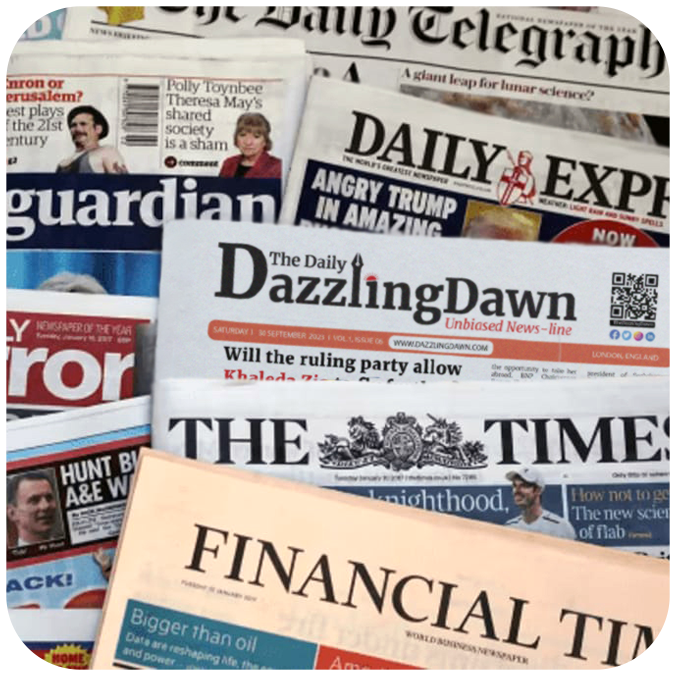 A crowd uses handheld solar viewers and solar eclipse glasses to safely view a solar eclipse[/caption]
Solar eclipses are stunning natural phenomena that captivate people around the world. However, observing a solar eclipse requires caution to prevent eye damage. Unlike lunar eclipses, where the moon passes through Earth's shadow, solar eclipses occur when the moon passes between the Earth and the sun, partially or completely blocking the sun's light. This creates a mesmerizing sight as the moon casts its shadow on the Earth, but it also poses potential risks to your eyesight if proper precautions aren't taken.
A crowd uses handheld solar viewers and solar eclipse glasses to safely view a solar eclipse[/caption]
Solar eclipses are stunning natural phenomena that captivate people around the world. However, observing a solar eclipse requires caution to prevent eye damage. Unlike lunar eclipses, where the moon passes through Earth's shadow, solar eclipses occur when the moon passes between the Earth and the sun, partially or completely blocking the sun's light. This creates a mesmerizing sight as the moon casts its shadow on the Earth, but it also poses potential risks to your eyesight if proper precautions aren't taken.
Understanding the Risks
The sun emits intense radiation, including harmful ultraviolet (UV) and infrared (IR) rays. Staring directly at the sun, even during a partial eclipse, can cause serious and permanent eye damage. The most common injury associated with viewing solar eclipses is solar retinopathy, which occurs when the sun's rays damage the cells in the retina, the light-sensitive tissue at the back of the eye. Symptoms of solar retinopathy include blurred vision, blind spots, and altered color vision.Safety Measures
To safely observe a solar eclipse, follow these important guidelines: Use Approved Eye Protection: The only safe way to view a solar eclipse directly is through specialized solar filters or eclipse glasses that meet the ISO 12312-2 international safety standard. Regular sunglasses, even very dark ones, are not sufficient for protecting your eyes during an eclipse. Eclipse glasses block harmful UV, IR, and visible light, allowing you to safely view the sun's disk. Ensure that your glasses are not scratched or damaged, as this can compromise their effectiveness. Inspect Your Equipment: Before using eclipse glasses or solar filters, carefully inspect them for any signs of damage or wear. If you notice any scratches, holes, or warping, do not use them to view the eclipse. Supervise Children: Children should always be closely supervised when viewing a solar eclipse to ensure they use proper eye protection. Explain the risks of looking directly at the sun without protection and encourage them to keep their eclipse glasses on at all times during the event. Use Pinhole Projection: If you don't have access to eclipse glasses or solar filters, you can still indirectly observe the eclipse using pinhole projection. Poke a small hole in a piece of cardboard or paper and hold it up to the sun, allowing the sunlight to pass through the hole and project an image of the eclipse onto a surface, such as the ground or another piece of paper. Avoid Cameras and Binoculars: Looking at the sun through unfiltered lenses, such as those on cameras or binoculars, can magnify the sun's rays and cause even greater damage to your eyes. If you want to photograph the eclipse, attach a solar filter to your camera lens or use your camera's projection function to capture the event indirectly.While solar eclipses are spectacular events, it's crucial to prioritize eye safety when observing them. Failure to use proper eye protection can result in permanent vision loss. Whether you're witnessing a partial or total solar eclipse, always take precautions to safeguard your eyes and the eyes of those around you. By following these simple guidelines, you can enjoy the awe-inspiring beauty of a solar eclipse while protecting your vision for years to come.




_7.jpg)


.svg)
